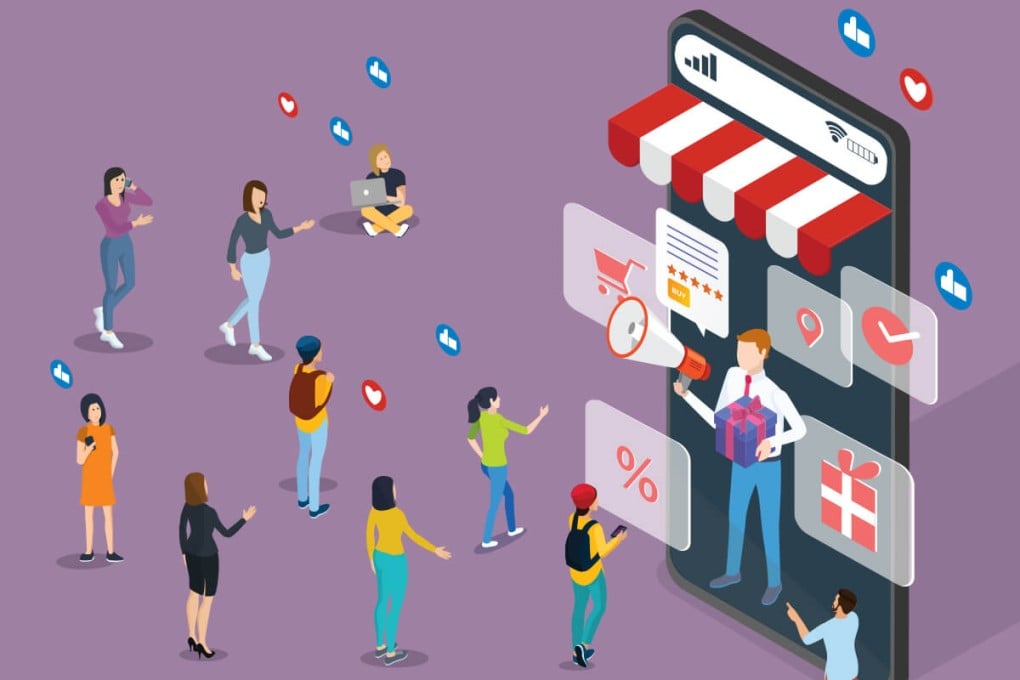Attention is the new gold, but how to mine it
Despite their limited product assortment, a new study reveals that small businesses can challenge industry leaders by effectively capturing consumers’ attention

[The content of this article has been produced by our advertising partner.]
“A wealth of information creates a poverty of attention,” writes Herbert Simon, an American Nobel Laureate who proposed the concept of attention economy. In a world of information inundation, it is vital for businesses to master the art of attracting and monetising consumers’ attention.
Platforms like YouTube, Instagram, and TikTok have given birth to many content creators or “influencers”, many of whom have become global celebrities. The influencer marketing industry has seen exponential growth, expanding from US$1.7 billion in 2016 to US$24 billion by the end of this year, according to The state of influencer marketing 2024: Benchmark report by a social media research firm, Influencer Marketing Hub.
In China, live stream selling has become a common norm among top influencers, with Crazy Little Yang Brother or Crazy Xiaoyangge, who also hosts e-commerce live streams, outperforming his peers with an annual net income of 3.21 billion Chinese yuan (US$451 million). This is no surprise as a new report by KPMG, Navigating the future of seamless commerce in Asia Pacific, found that Gen Z ranked social commerce and live streaming commerce as important parts of their shopping experience.
“The business strategy to monetise attention through e-commerce is economically feasible both in the short term and for the long haul,” says Tony Ke, Associate Professor of the Department of Marketing at the Chinese University of Hong Kong (CUHK) Business School.
E-commerce platforms are not the only ones that leverage content to captivate consumers and monetise their attention through direct product sales. The New York Times has introduced a digital store that not only offers books but also a diverse range of apparel and accessories, while Vogue went further by opening an online shop showcasing products curated by its editorial team.